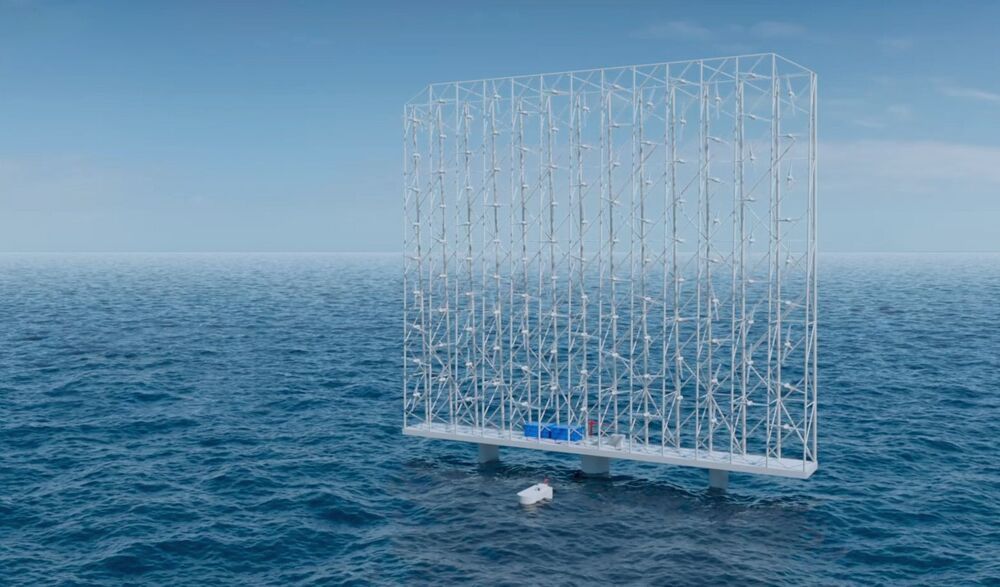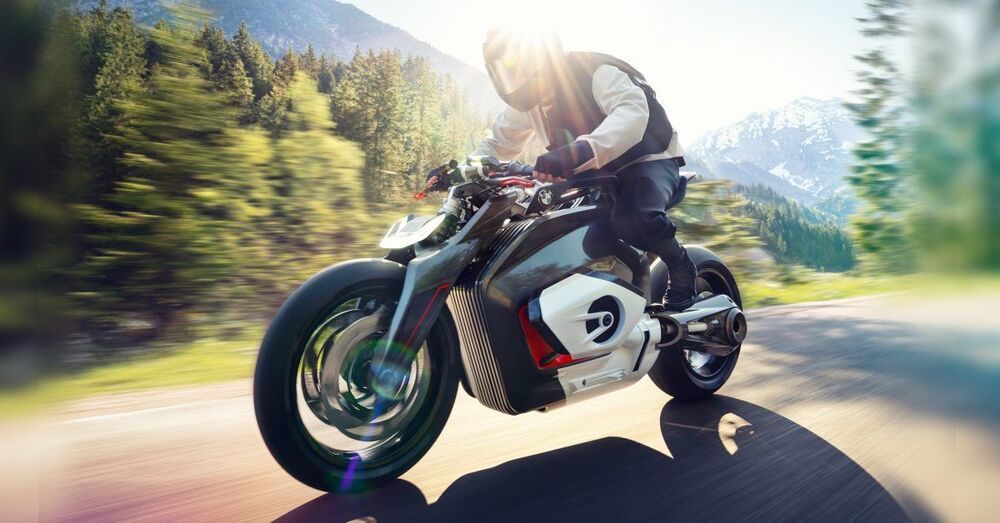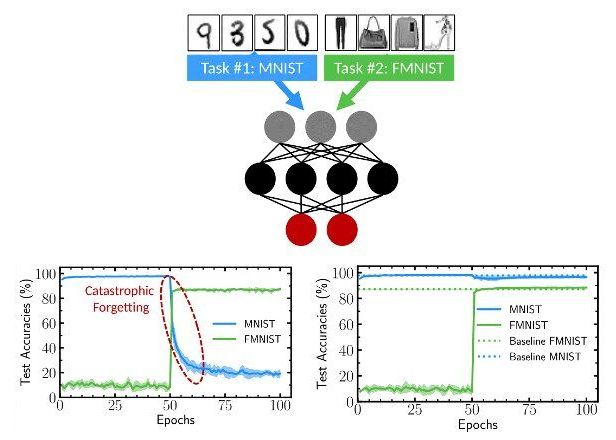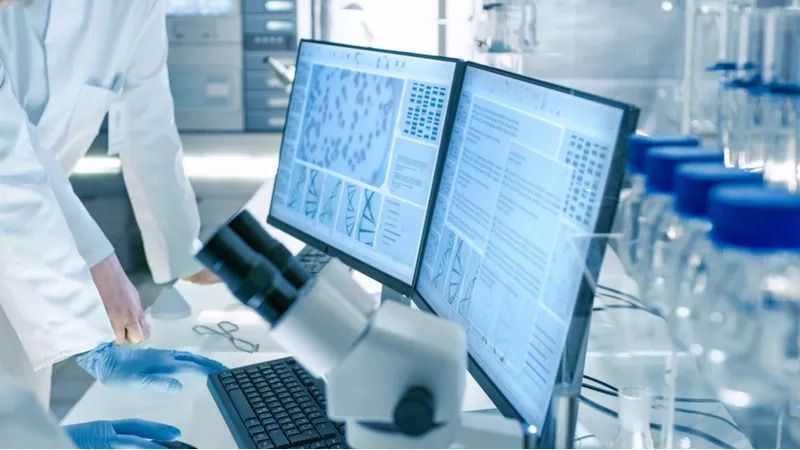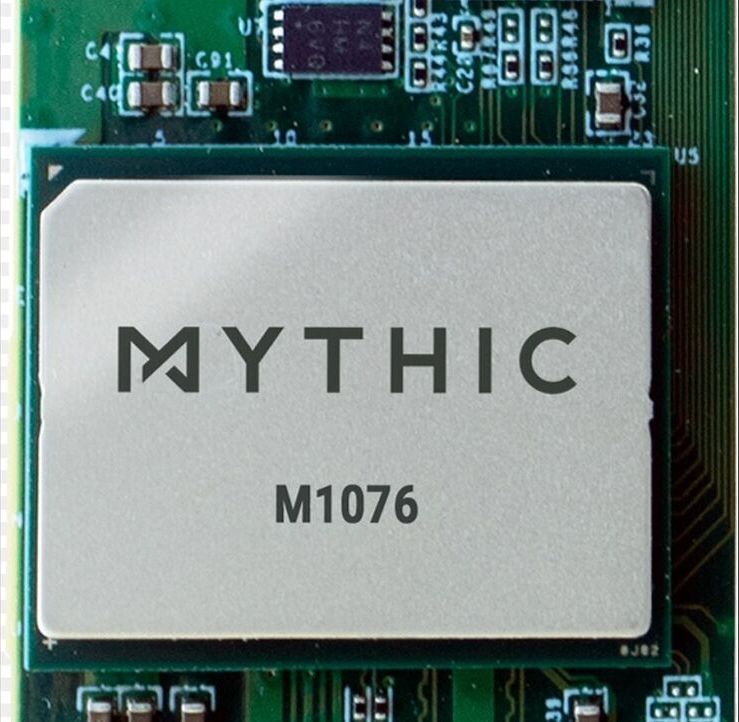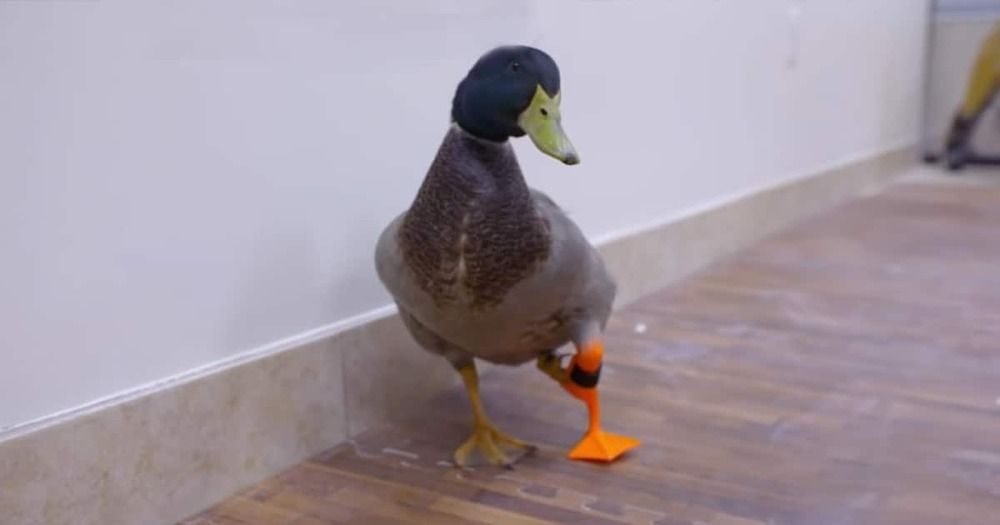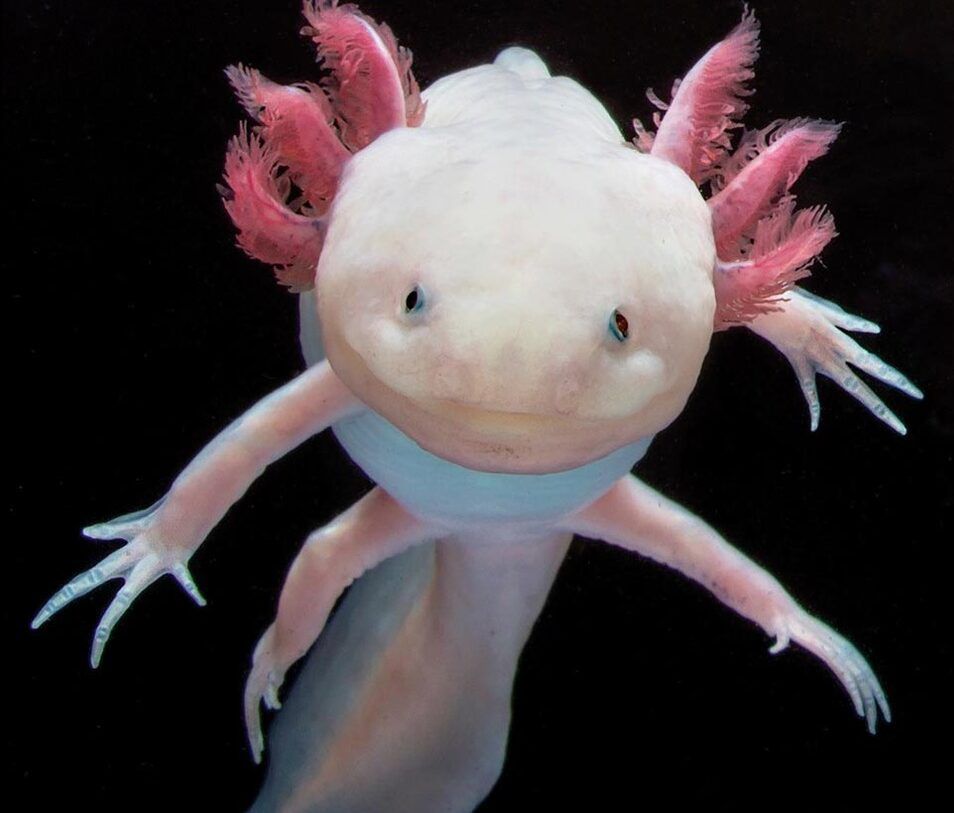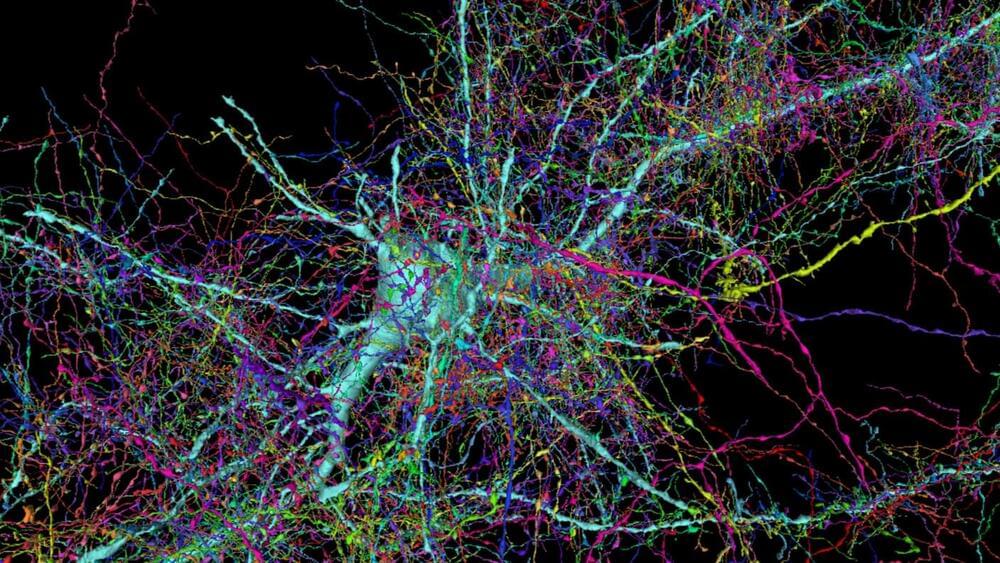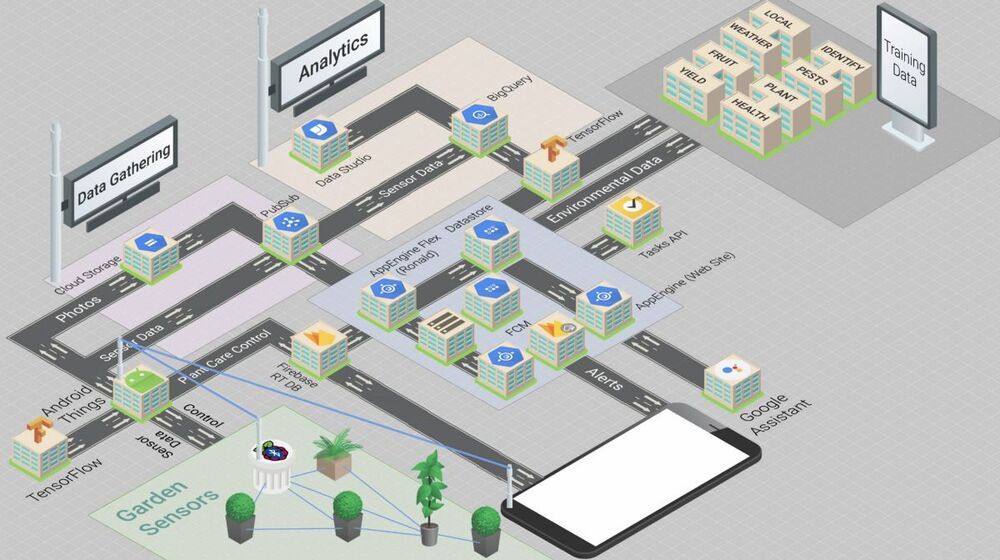Norway’s Wind Catching Systems (WCS) has made a spectacular debut with a colossal floating wind turbine array it says can generate five times the annual energy of the world’s biggest single turbines – while reducing costs enough to be immediately competitive with grid prices.
Standing more than 1000 ft (324 m) high, these mammoth Windcatcher grids would deploy multiple smaller turbines (no less than 117 in the render images) in a staggered formation atop a floating platform moored to the ocean floor using established practices from the oil and gas industry.
Just one of these arrays, says WCS, could offer double the swept area of the world’s biggest conventional wind turbines – the 15 MW Vestas V236 – and its smaller rotors could perform much better in wind speeds over 40 to 43 km/h (25 to 27 mph), when larger turbines tend to start pitching their blades to limit production and protect themselves from damage. The overall effect, says WCS, is a 500 percent boost in annual energy output, with each array making enough power to run 80000 European homes.
